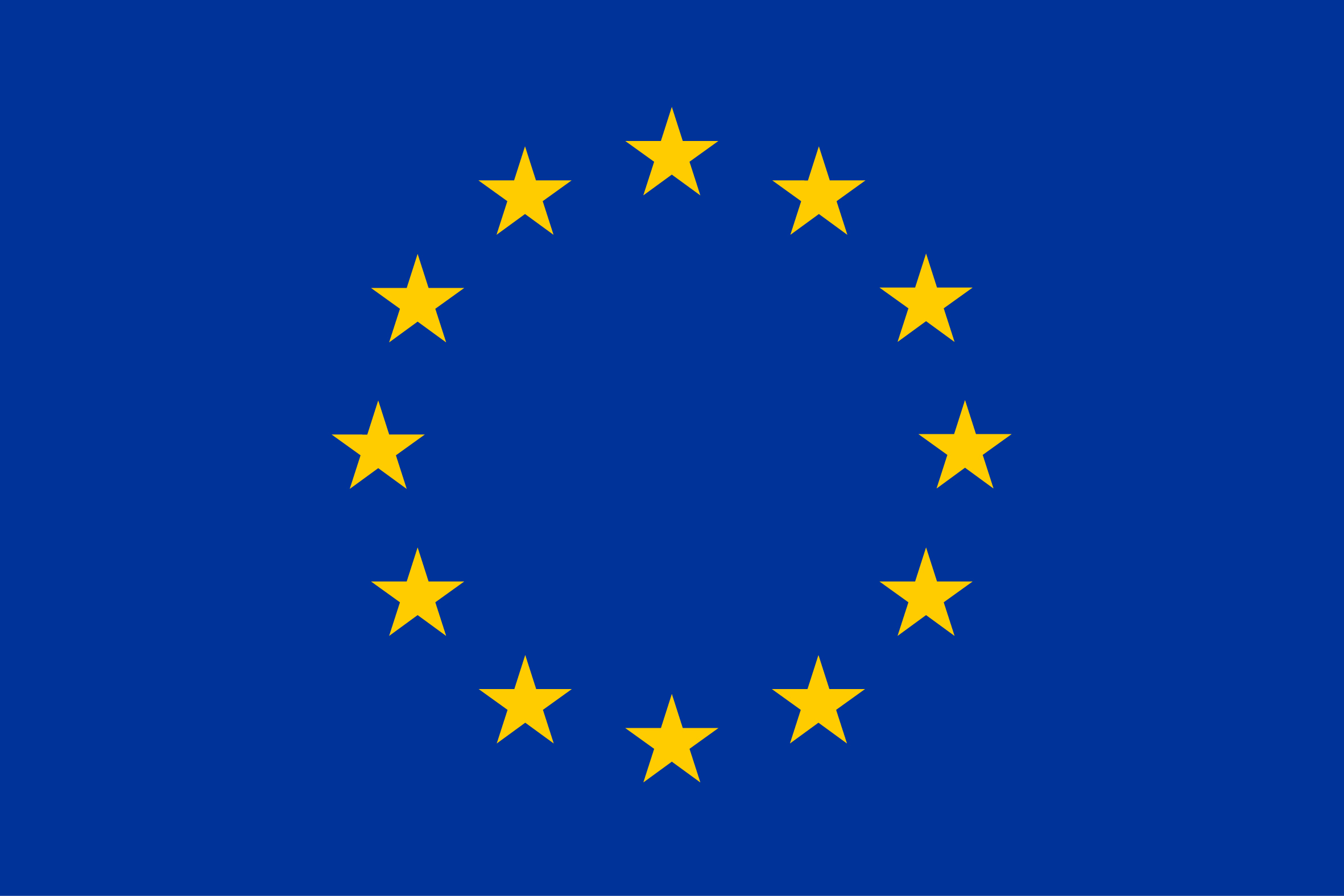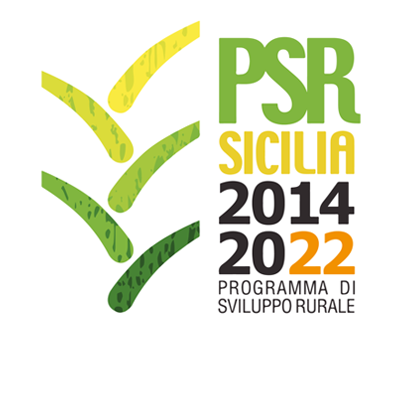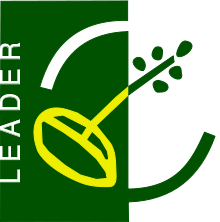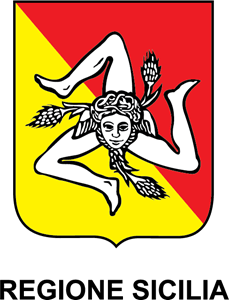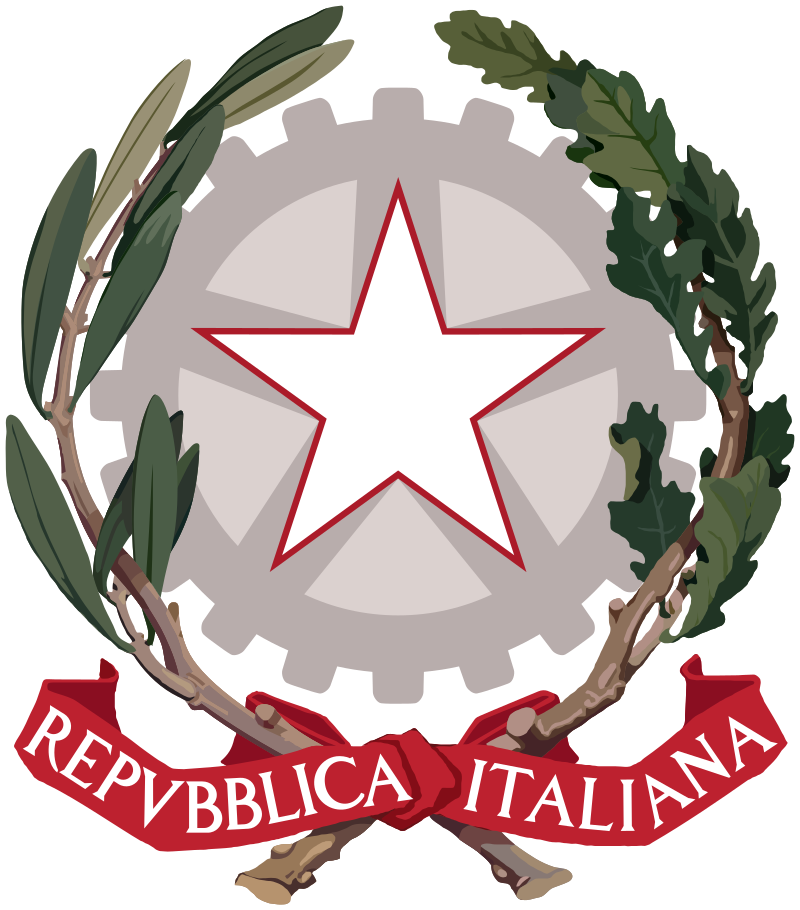Montana
Country
Specie
ISO3
PRY
Transboundary name
Montana
Breed classification (geographic)
Regional
Number of horns males
0
Number of horns females
0
Domestication status
domestic
Taxonomic classification
Breed
Description of origin
recently imported; exotic
Local cryo conservation status
No Material
Local Risk
Unknown
Detailed local risk status
Unknown
Regional Transboundary Risk (detailed)
Endangered
Marchigiana
Country
Specie
ISO3
PRY
Language
it.
Transboundary name
Marchigiana
Breed classification (geographic)
International
Number of horns males
0
Number of horns females
0
Domestication status
domestic
Taxonomic classification
Breed
Description of origin
recently imported; exotic
Local cryo conservation status
No Material
Local Risk
Unknown
Detailed local risk status
Unknown
International Transboundary Risk detailed
Not at Risk
Indubrasil
Country
Specie
ISO3
PRY
Transboundary name
Indo-Brasilian
Breed classification (geographic)
International
Number of horns males
0
Number of horns females
0
Domestication status
domestic
Taxonomic classification
Breed
Description of origin
imported; exotic
Year of origin
1
Local cryo conservation status
No Material
Local Risk
Unknown
Detailed local risk status
Unknown
International Transboundary Risk detailed
Endangered
Hereford
Country
Specie
ISO3
PRY
Language
eng.
Description
Hereford presents remarkable zootechnical characteristics and of outstanding conformation, very good poise, outstanding butcher attitude; females express their fertility with very early pregnancy
Transboundary name
Hereford
Breed classification (adaptedness)
Exotic
Breed classification (geographic)
International
Additional information
The Hereford is fundamentally a meat producing breed , recognized for its adaptation to all areas productive, it is precocious reproductively, of easy calving, great dairy ability and long life
Color comments
Colorado from bay to cherry, with white spots on head, back of ears, chest, belly, underside of the limbs and tip of the tail
Number of horns males
2
Number of horns females
2
Horn shape size and comments
If they are horned, they must have good implantation and development
Wither height males
1.41
Wither height females
1.32
Weight males
850.00
Weight females
400.00
Herdbook
y
Herdbook established
Asociación Paraguaya de Criadores de Hereford
Description of origin
imported; exotic
Year of origin
1
Location within country
Western and Eastern Region
Local cryo conservation status
No Material
Local Risk
At Risk
Detailed local risk status
Critical
International Transboundary Risk detailed
Not at Risk
Gyr
Country
Specie
ISO3
PRY
Transboundary name
Gir
Breed classification (adaptedness)
Exotic
Breed classification (geographic)
International
Additional information
Their offspring are born with low weight , so there is no problem at birth, the maternal ability feature of the breed, achieving a high weaning rate and good weights.
Specific resistance or tolerance
Resistance to high temperatures, poor quality forages and diseases.
Color comments
They are generally mottled in colour , ranging from red to white. The typical colour is white speckled with red , having lines with more red than white, being specimens with roanism.
Number of horns males
2
Number of horns females
2
Horn shape size and comments
The horns grow backwards and upwards in a spiral.
Weight males
800.00
Weight females
500.00
Herdbook
y
Description of origin
On the Katiawar peninsula in western India, it is the primary habitat of the Gyr breed . In this region, the average maximum temperature in the shade in summer is 36 - 37 ° C and the minimum in winter reaches 15 ° C; the region is very humid.
Local cryo conservation status
No Material
Local Risk
Unknown
Detailed local risk status
Unknown
International Transboundary Risk detailed
Not at Risk
Guzerat
Country
Specie
ISO3
PRY
Transboundary name
Guzerat
Breed classification (geographic)
International
Number of horns males
0
Number of horns females
0
Domestication status
domestic
Taxonomic classification
Breed
Description of origin
imported; exotic
Year of origin
1
Local cryo conservation status
No Material
Local Risk
Unknown
Detailed local risk status
Unknown
International Transboundary Risk detailed
Not at Risk
Guernsey
Country
Specie
ISO3
PRY
Language
eng.
Transboundary name
Guernsey
Breed classification (geographic)
International
Number of horns males
0
Number of horns females
0
Domestication status
domestic
Taxonomic classification
Breed
Description of origin
recently imported; exotic
Local cryo conservation status
No Material
Local Risk
Unknown
Detailed local risk status
Unknown
International Transboundary Risk detailed
Not at Risk
Gelbvieh
Country
Specie
ISO3
PRY
Language
ger.
Description
The Gelbvieh is a German bovine breed , originally from Franconia to the North of Bavaria, it is the result of crosses made in the 18th century between the Red Holstein, Deutsches Rotbunte, Simmental and Brune
Transboundary name
Gelbvieh
Breed classification (adaptedness)
Exotic
Breed classification (geographic)
International
Additional information
The head is proportionally wide and deep, of a medium length, with good separation between the eyes. The fur around these is thick, flexible and slightly wrinkled and pigmented.
Color comments
Has a uniform light brown coat
Number of horns males
2
Number of horns females
2
Horn shape size and comments
There are Horned and Amochados
Wither height males
1.41
Wither height females
1.35
Weight males
850.00
Weight females
450.00
Herdbook
y
Herdbook established
Asociación Paraguaya de Criadores de Gelbvieh
Location within country
Western and Eastern Region
Local cryo conservation status
No Material
Local Risk
At Risk
Detailed local risk status
Critical
International Transboundary Risk detailed
Not at Risk
Devon
Country
Specie
ISO3
PRY
Language
eng.
Transboundary name
Devon
Breed classification (geographic)
International
Number of horns males
0
Number of horns females
0
Domestication status
domestic
Taxonomic classification
Breed
Description of origin
imported; exotic
Year of origin
1
Local cryo conservation status
No Material
Local Risk
Unknown
Detailed local risk status
Unknown
International Transboundary Risk detailed
Not at Risk
Criollo Neembucu
Country
Specie
ISO3
PRY
Language
sp.
Breed classification (geographic)
Local
Adaptability to specific environment
well adapted to marsh ecosystem
Number of horns males
0
Number of horns females
0
Domestication status
domestic
Taxonomic classification
Breed
Description of origin
imported; locally adapted; descending from the cattle introduced during the conquest by the Spaniards
Year of origin
16
Location within country
south of the eastern region; marshy zone of Ñeembucú
Local cryo conservation status
No Material
Local Risk
Unknown
Detailed local risk status
Unknown
